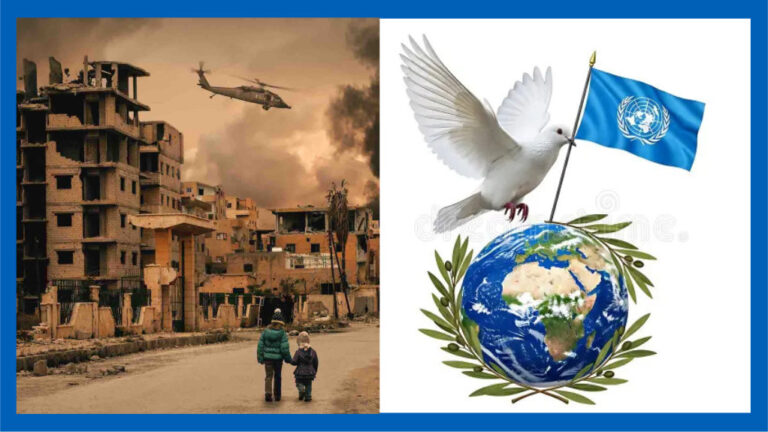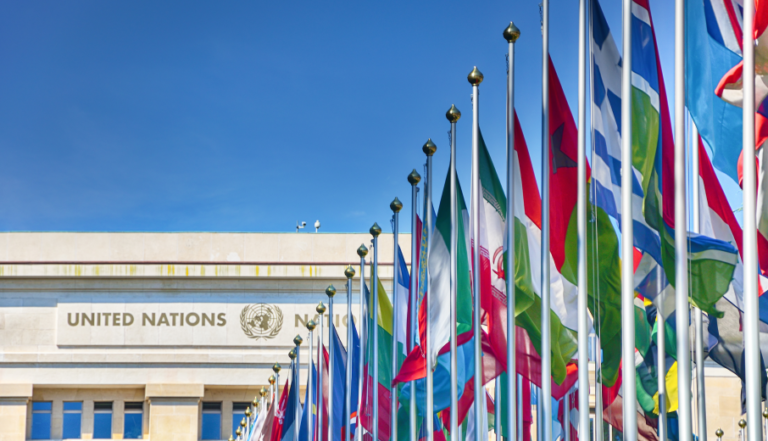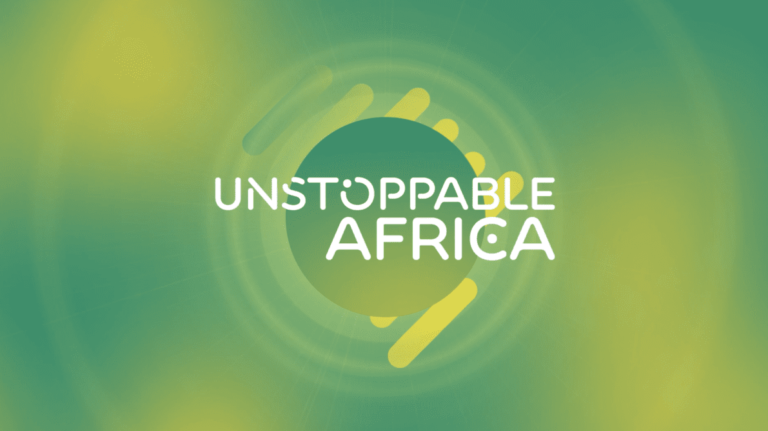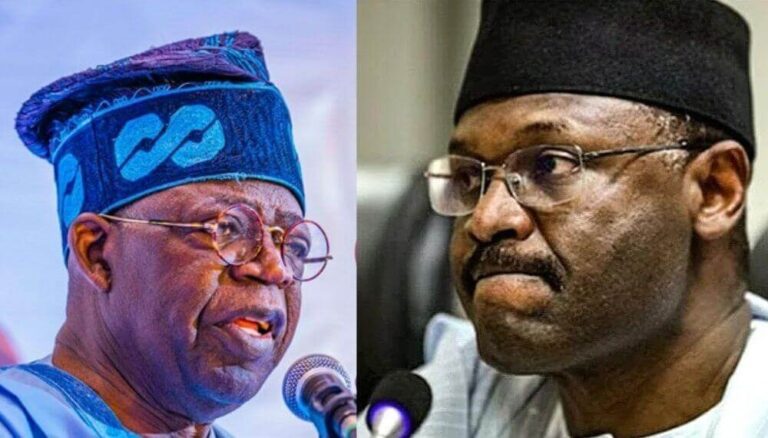Pope Francis Death: Legacy, Biography & Funeral
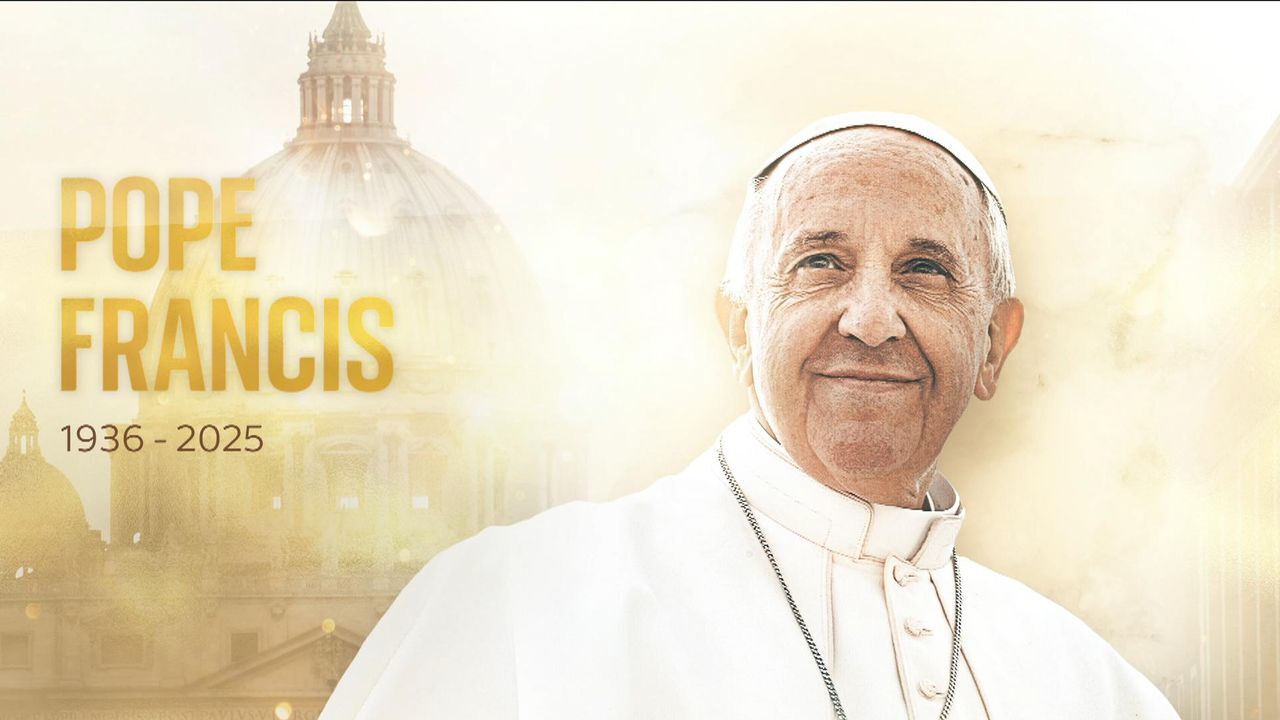
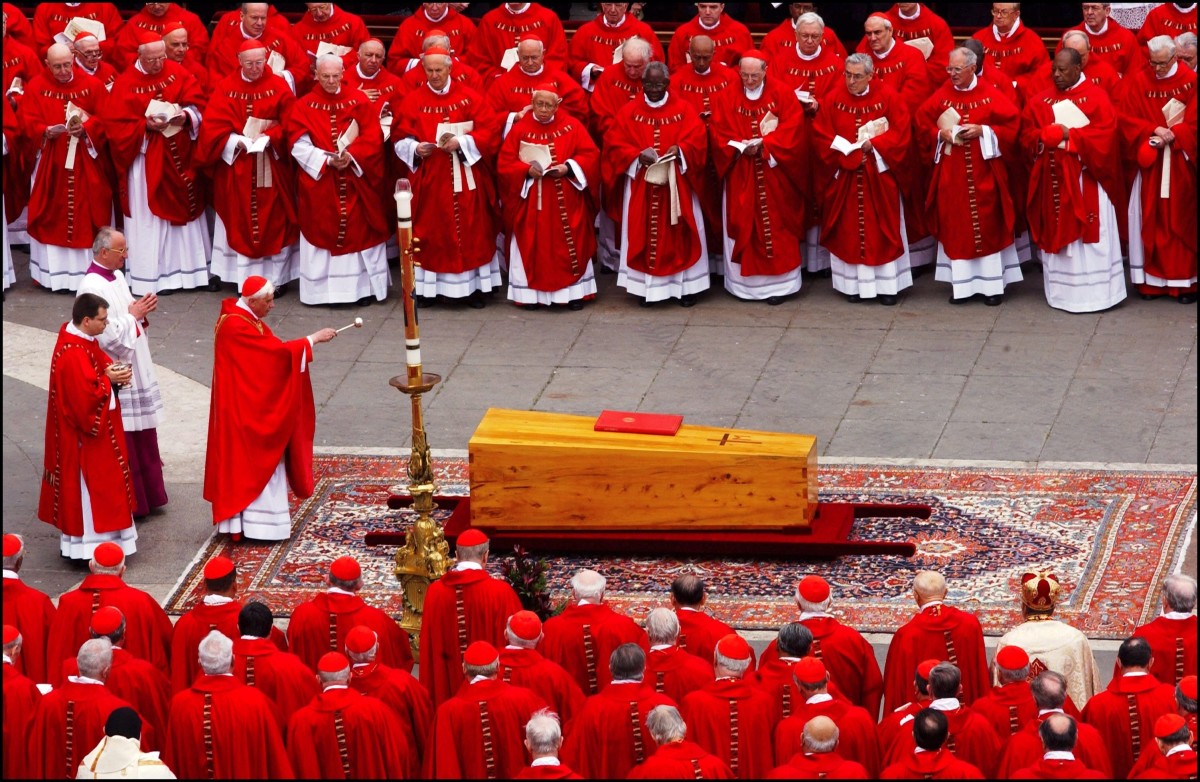
Pope Francis Burial: Final Farewell at St. Peter’s Basilica
Vatican City – April 25, 2025
The world stood still as the long-anticipated Pope Francis Burial ceremony unfolded at St. Peter’s Basilica in Vatican City. Thousands of mourners, dignitaries, and faithful Catholics gathered to honor the life and legacy of Pope Francis, who passed away at the age of 88 after a sudden cerebral stroke.
The Pope Francis Burial ceremony marks a monumental moment in the Catholic Church’s modern history. The atmosphere in Vatican City was one of deep sorrow and reverent celebration of a man who reshaped the Church with compassion, humility, and a profound commitment to the marginalized.
A Sea of Mourners for the Pope Francis Burial
The Pope Francis Burial attracted over 100,000 mourners to St. Peter’s Square. Pilgrims from every corner of the globe lined up for hours to attend the funeral Mass. Pope Francis’s impact had transcended continents, inspiring both believers and non-believers with his message of mercy, social justice, and interfaith dialogue.
Inside St. Peter’s Basilica, his casket was placed before the grand altar under the awe-inspiring dome designed by Michelangelo. The body of the late pope had been lying in state for three days, allowing the public to bid their final farewell.
World Leaders and Religious Figures at Pope Francis Funeral
The Pope Francis Funeral drew an unprecedented number of world leaders. U.S. President Joe Biden, French President Emmanuel Macron, and United Nations Secretary-General António Guterres were among the political figures present. Religious leaders representing Judaism, Islam, Orthodox Christianity, and other world religions attended, symbolizing Pope Francis’s lifelong pursuit of unity among faiths.
The Vatican’s Secretary of State, Cardinal Pietro Parolin, presided over the Mass. In his homily, he praised Francis’s unwavering devotion to peace, justice, and the poor.
“Pope Francis taught us that the Church must be a field hospital for the wounded,” Cardinal Parolin stated. “Today, we honor a servant of servants, a true shepherd of souls.”
The Pope Francis Final Farewell was broadcast live, watched by millions globally.
Pope Francis Final Farewell: The Last Blessing
During the Pope Francis Final Farewell, the late pontiff received the traditional rites accorded to deceased popes. His Fisherman’s Ring, symbolizing papal authority, had already been destroyed according to custom. As the funeral Mass ended, a moment of silence enveloped St. Peter’s Square.
The College of Cardinals encircled his casket for the final commendation, and mourners outside the basilica bowed their heads or raised candles in tribute.
Pope Francis was then laid to rest in the Vatican Grottoes, alongside his predecessors, including Pope John Paul II and Pope Benedict XVI.
A Legacy That Endures Beyond the Pope Francis Burial
Even as the Pope Francis Burial concluded, the world began reflecting on his profound impact. From climate change advocacy through Laudato si’ to efforts for Church reform and outreach to the poor, Francis’s teachings reshaped not only Catholicism but also global discussions on morality and justice.
Historians and theologians believe his papacy will be remembered as a pivotal era for a Church navigating complex modern challenges.
Tributes Continue to Pour in
Messages of condolence continued to flood the Vatican’s communication channels. Patriarch Bartholomew of Constantinople described the Pope Francis Funeral as “the passing of a spiritual giant.” Muslim leaders praised Francis for his hand of friendship extended toward the Islamic world.
In Argentina, Pope Francis’s homeland, a national day of mourning was declared. Crowds in Buenos Aires gathered at the Metropolitan Cathedral to pray and leave floral tributes.
What’s Next for the Vatican
With the Pope Francis Burial complete, the Church faces the next critical step: the election of a new pope. The College of Cardinals will soon meet in a conclave to choose Francis’s successor, a decision that will shape the Catholic Church’s path into the future.
The conclave will begin after nine days of mourning, following the traditional novemdiales rites. Speculation about potential successors has already begun, with observers noting a strong possibility of a pope emerging from the Global South once again.
Pope Francis' Body Lies in State for 3 Days at St. Peter’s Basilica Ahead of Funeral
The body of Pope Francis now lies in state at St. Peter’s Basilica for a three-day public viewing as faithful from around the world arrive in Rome to pay their final respects to the late pontiff. The Vatican opened the basilica early Wednesday morning, allowing mourners to file past his casket in silent tribute.
The 88-year-old pope passed away on Easter Monday, April 21, following a cerebral stroke and cardiac collapse. His death has prompted an outpouring of grief and tributes from global leaders and religious communities alike.
The public viewing will continue until Friday morning, ahead of Pope Francis’ funeral, which will be held in St. Peter’s Square and is expected to draw tens of thousands, including heads of state and religious leaders. Security remains tight as Vatican officials prepare for one of the most significant papal ceremonies in recent history.
The body of Pope Francis now lies in state at St. Peter’s Basilica in Vatican City, where mourners from across the globe have begun to pay their final respects to the beloved 88-year-old pontiff. The Vatican opened the basilica’s grand doors early Wednesday morning, beginning a three-day public viewing that will last until the morning of his funeral on Friday.
Pope Francis, the first Jesuit and Latin American pope, passed away on Easter Monday following a cerebral stroke and irreversible cardiocirculatory collapse, as confirmed in the official Vatican medical report. His death has left the Catholic world in mourning and prompted tributes from religious leaders, political figures, and citizens across continents.
A Global Outpouring of Grief
Inside St. Peter’s Basilica, the Pope’s body lies in a simple casket, dressed in traditional papal vestments, flanked by Swiss Guards in solemn formation. Pilgrims, many in tears, stood in silence, some kneeling to pray, others holding rosaries and photos of the pontiff.
“He was a pope of the people. I had to come,” said Lucia Fernandez, who flew from Argentina, the pope’s homeland, to attend the viewing. “He changed the way the world sees the Church.”
Over the next three days, thousands of pilgrims, tourists, clergy, and heads of state are expected to pass through the basilica to pay homage.
A Leader Remembered
Pope Francis, born Jorge Mario Bergoglio in Buenos Aires, was known for his humility, simplicity, and tireless advocacy for the poor and marginalized. His papacy focused on mercy, interfaith dialogue, environmental justice, and internal Church reforms. He once said, “The Church must be a field hospital for the wounded.”
The viewing period will be followed by a state funeral on Friday, expected to draw leaders from around the world, including U.S. President Joe Biden, French President Emmanuel Macron, and leaders from across Africa, Latin America, and Asia. Religious representatives from Islam, Judaism, Orthodox Christianity, and other faiths have also been invited.
Funeral and Succession
The funeral Mass will be held in St. Peter’s Square, led by Cardinal Pietro Parolin and attended by over 100 cardinals. After the ceremony, Pope Francis will be laid to rest in the Vatican Grottoes beneath St. Peter’s Basilica, near the tombs of his predecessors.
The College of Cardinals will meet in the coming days to begin preparations for the conclave, which will elect the next Pope.
Vatican Confirms Stroke as Cause of Pope Francis’ Death
The Vatican has officially confirmed the passing of Pope Francis due to a cerebral stroke, which resulted in a coma and irreversible cardiocirculatory collapse. This information is documented in the death certificate issued by Dr. Andrea Arcangeli, Director of the Vatican’s Directorate of Health and Hygiene.
The 88-year-old pontiff passed away at 7:35 a.m. local time on Monday, April 21, 2025, in his residence at Casa Santa Marta. His demise occurred following a recent hospitalization of 38 days due to double pneumonia and other chronic health conditions, including acute respiratory failure, bronchiectasis, hypertension, and type II diabetes.
Notwithstanding his declining health, Pope Francis made a final public appearance during the Easter Mass, wherein he delivered his annual blessing through Cardinal Angelo Comastri. Furthermore, he engaged in a meeting with U.S. Vice President J.D. Vance just hours prior to his passing.
The Vatican has announced that the public viewing of Pope Francis’s remains will commence on Wednesday at St. Peter’s Basilica, with further details regarding funeral arrangements to be provided in due course.
BREAKING NEWS: Pope Francis Death: Legacy, Biography & Funeral Plans
Pope Francis’s death was officially confirmed on Easter Monday, April 21, 2025. The Vatican released a solemn statement announcing that the Holy Father peacefully passed away in his Casa Santa Marta residence. He was 88.
The news struck millions worldwide, from devout Catholics to admirers of his leadership and humility. His death marks the end of an era not just for the Church but for the global moral voice he became over the last decade.
A Life Devoted to Service
The biography of Pope Francis reads like a story of simplicity, struggle, and spirituality. Born Jorge Mario Bergoglio on December 17, 1936, in Buenos Aires, Argentina, he came from humble beginnings. The son of Italian immigrants, he worked as a janitor and nightclub bouncer before joining the Jesuits in 1958.
His religious path was marked by deep theological knowledge and a passion for helping the poor. He rose through Church ranks with quiet determination, eventually becoming Archbishop of Buenos Aires. Known for traveling by bus and cooking his meals, his humility set him apart.
In 2013, following Pope Benedict XVI’s resignation, Bergoglio became the 266th Pope of the Roman Catholic Church—the first from the Americas and the first Jesuit Pope.
A Pope of the People
Pope Francis death leaves a void in a world yearning for kindness and compassion. Throughout his papacy, he spoke fearlessly on climate change, migration, poverty, and corruption. He visited war-torn regions, embraced outcasts, and called for a more inclusive Church.
Under his leadership, the Vatican welcomed new voices and acknowledged issues often left untouched—from economic inequality to LGBTQ inclusion. He washed the feet of prisoners and welcomed refugees and never hesitated to say, “Who am I to judge?”
Millions found in him a Pope they could relate to—not for grand speeches but for quiet acts of mercy. Pope Francis’s biography continues to inspire as stories of his compassion flood global media.
Tributes from Around the World
Following Pope Francis death, messages poured in from religious leaders, heads of state, and citizens. President Joe Biden, a devout Catholic, described him as “a beacon of hope and humanity.” The Dalai Lama wrote that Francis was “a bridge between faiths.” UN Secretary-General António Guterres said the Pope “gave voice to the voiceless.”
In Nigeria, where Catholicism has grown rapidly, churches held vigils. From Rome to Rio, people lit candles and shared stories about how the Pope touched their lives.
Vatican Confirms Funeral Plans
Pope Francis funeral will follow ancient Vatican traditions, reflecting his more straightforward, more people-focused style. The Vatican confirmed that his body will lie in state at St. Peter’s Basilica beginning Wednesday. Mourners will be allowed to file past and pay their respects.
The full funeral mass is expected on Friday, with cardinals, heads of state, and thousands of pilgrims expected to attend. It will be broadcast globally. As he wishes, his final resting place will be in the crypt beneath St. Peter’s.
Church bells tolled across the Vatican as the Swiss Guards lowered their flags. The bells echoed through Rome’s ancient streets, mourning the passing of a man who made humility powerful.
Legacy Beyond Borders
As the world reflects on Pope Francis’s biography, it becomes clear that his legacy will endure beyond religious texts. He gave hope to the poor, demanded integrity from leaders, and reminded everyone that faith must be lived, not just preached.
He published encyclicals on the environment (Laudato Si’) and economic justice, calling global leaders to act responsibly. His efforts to reach out to Islam and Judaism built bridges across faiths. He apologized for the Church’s past failings and worked to heal wounds.
Pope Francis’s death does not end his influence. His teachings and human approach have inspired millions to pursue service, truth, and compassion.
A Human Face in the Vatican
One of the most emotional moments after Pope Francis’s death was announced at the Vatican. A nun who worked with him said, “He didn’t see titles. He saw people. He once asked how my mother was doing—not as a Pope, but as a friend.”
This people-first attitude defined his papacy. Even in his final public appearance, frail and soft-spoken, he blessed a child in a wheelchair and asked people to pray for peace in Gaza, Ukraine, and Sudan.
The World Watches and Waits
As funeral preparations begin, the Catholic Church faces both mourning and transition. The College of Cardinals will soon begin meetings to plan the next steps. But for now, the world watches and remembers.
Pope Francis once said, “Rivers do not drink their water. Trees do not eat their fruit.” His life was just that — lived entirely for others.
Pope Francis’s death is a global loss, but his life was a global gift. His humility, passion for the marginalized, and voice for unity will echo long after the funeral bells stop ringing.
His funeral may signal the end of a papal reign, but his influence — like his words — will continue to shape hearts and minds for years.
About the Author
DURU SUNNY-GEORGE
Administrator
Duru Sunny George is a Media Practitioner | Journalist | Cinematographer | Photographer | Lecturer - popularly known as DSG, is a versatile media entrepreneur and educator. He is the Founder & CEO of DSG STUDIOS, DSG HERALD NEWS, and DSG RADIO, leading platforms in journalism, photography, cinematography, and digital broadcasting.
